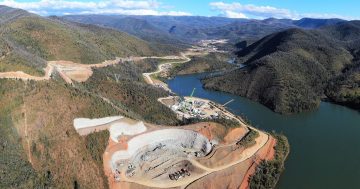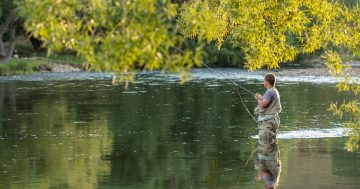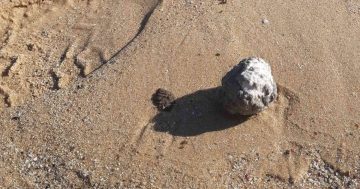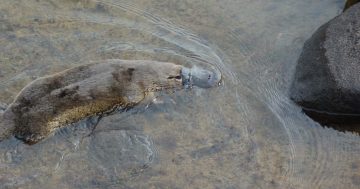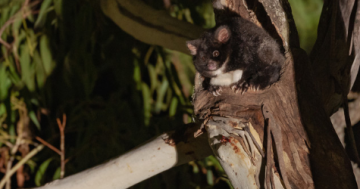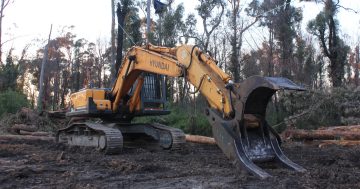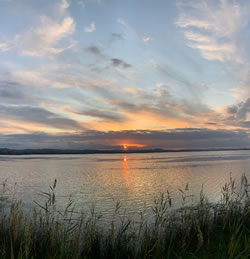 The first State of the Environment Report since the Black Summer bushfires of two years ago has found NSW to have suffered from drought, fires and floods in the period with population growth not doing much to improve it.
The first State of the Environment Report since the Black Summer bushfires of two years ago has found NSW to have suffered from drought, fires and floods in the period with population growth not doing much to improve it.
In its three-yearly Report, the NSW Environment Protection Authority (NSW EPA) said population growth and human activity had influenced air and water quality, as well as ecosystems and threatened species.
NSW EPA said its NSW State of the Environment 2021 Report explored 22 environmental topics across six broad themes: Drivers; Human Settlement; Climate and Air; Land; Biodiversity; and Water and Marine.
“The growing population of NSW continues to exert pressure on the environment, although there has been a temporary respite due to reduced activity and human-caused disturbance during the COVID-19 pandemic,” NSW EPA said.
“Innovative ways to use our natural resources more sustainably and to protect fragile ecosystems must continue to be found.
“The effects of climate change are already evident, but these will become broader and intensify in the future.”
It said the extreme weather conditions of the reporting period (2017–21) had put pressure on water resources and infrastructure.
NSW EPA said that while the overall environmental condition of rivers was moderate, waterbirds and fish communities were in poor condition and the major river systems of the Murray-Darling Basin were generally in poorer condition than coastal rivers.
It said the number of species listed as threatened in NSW continued to rise, with 1,043 more species added to the list since the last Report and 36 per cent of all land-based NSW vertebrates now considered to be at risk of extinction.
“Since 2018, more than 300,000 ha have been added to the public reserve system, which now covers around 9.6 per cent of land in NSW,” it said.
“In contrast, permanent clearing of native woody vegetation in NSW has increased about three-fold since 2015 and stands at an average of 35,000 ha cleared each year.”
NSW EPA said the Black Summer fire season (2019-20) was the most severe ever recorded in NSW, with about 5.5 million ha burnt.
It said where fire history was available, an estimated 62 per cent of vegetation was now under pressure from too much fire.
In some good news, the Authority said the overall rate of greenhouse gas emissions had fallen 17 per cent since 2005; air quality was generally good; drinking water quality had been maintained at a high quality; and the recreational water quality of NSW beaches continued to be good.
The Authority’s 117-page Report can be accessed at this PS News link.


